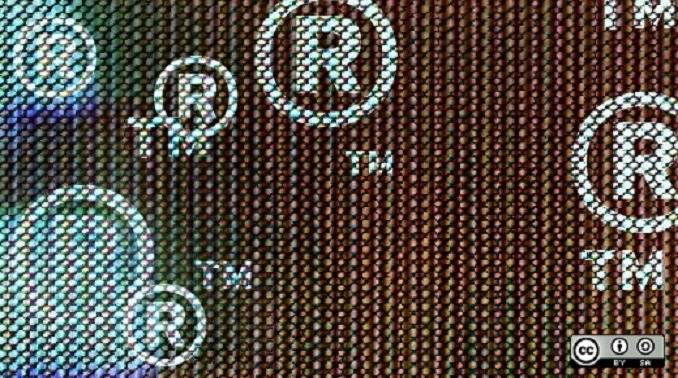This post was first published on 8th July, 2014.
In today’s post, we’ll be talking about Section 9(3), thereby concluding one half of the series, i.e., absolute grounds for refusal of registration of trademarks.
Section 9(3) talks about the registrability of the shape of goods. As per the provision, a mark shall not be registered as a trademark if it consists exclusively of:
- Shape of goods which results from the nature of the goods themselves;
- Shape of goods necessary to obtain a technical result; or
- Shape which gives substantial value to the goods.
The primary object of this provision is to ensure that what is claimed as a trademark really identifies and distinguishes the claimant’s products from those of others. While talking about the registrability of shapes as trademarks, it should be noted that the ‘shape of goods and their packaging’ is already included in the definition of the ‘mark’ under the Act.
What Section 9(3) prohibits is the registration of the shape as trademark if it consists exclusively of a shape which results from the nature of goods themselves or such shape of goods as is necessary to obtain a technical result or those shapes which give substantial value to the goods. Hence, for the shape of goods to be eligible for registration as a trademark, it should be possible for one to distinguish the goods of the applicant from those of others without being hit by the provisions of Section 9(3).
The first part of the provision is primarily intended to exclude from registration basic shapes that will be available for use by the public at large so as to prevent traders from monopolizing shapes of particular goods.
The second part of the provision can be effectively illustrated by the observations made in the decision in Philips Electronics NV v. Remington Consumers Product Ltd., ([1999] RPC 809), wherein the Court held that the triangular arrangement of the 3 rotating blades in a machine for trimming was to obtain a technical effect and could not be registered as a trademark. While analysing the provision under Section 9(3)(b), it should be noted that the meaning of “necessary to achieve a technical result” should be determined by inquiring whether, in substance, the shape solely achieves a technical result.
Finally, the third part of the provision is used to determine whether a particular shape has substantial value, and a comparison has to be made between the shape sought to be registered and the shapes of equivalent articles. It is only if the shape sought to be registered has, in relative terms, substantial value that it will be excluded from registration.
That concludes the initial part of this blog series. We will begin the explanation on Section 11 which lays down the relative grounds for refusal of registration of trademarks with our subsequent blog entries.



